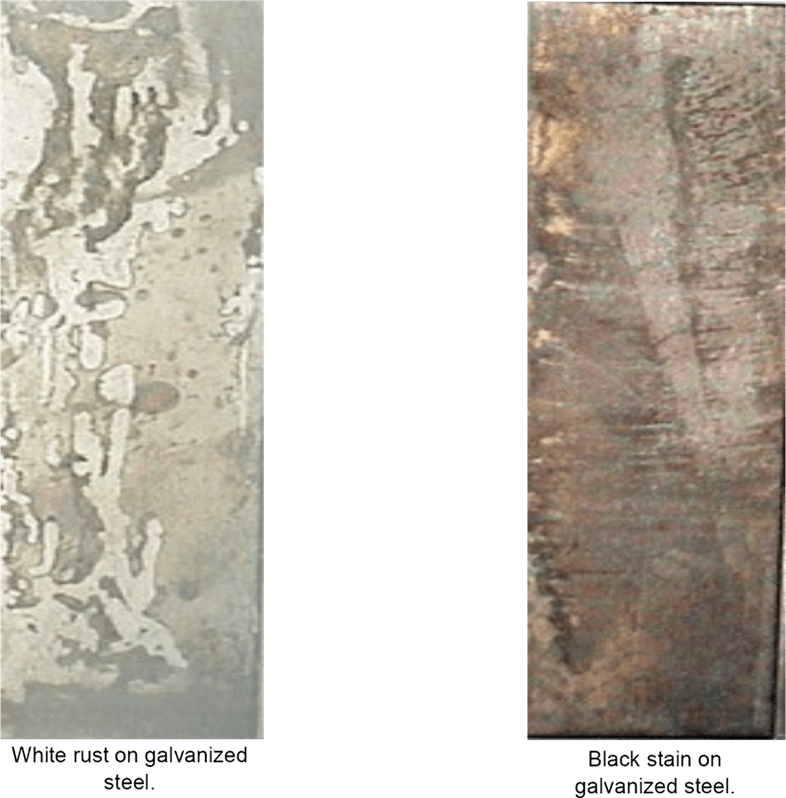Electrical steel is an iron alloy tailored to produce specific magnetic properties.
Causes of lamination in steel.
These folds and layers do not bond together and will separate when metal is worked.
Plate lamination in carbon steel happens when folds or layers of plates are rolled together into a single plate thickness.
Laminations may be cut to their finished shape by a punch and die.
Laminations are an imperfection in a steel or alloy resulting from blisters seams foreign material and or scratches on an ingot or billet that are not repaired during the rolling process.
The wrong temperature impurities etc.
These strips are cut to shape to make laminations which are stacked together to form the laminated cores of transformers and the stator and rotor of electric motors.
Rolled steel bar stock is made by rolling and rerolling steel billets until the desired shape and dimensions are attained.
Can cause a poor weld to be made.
Also surface coatings such as paints and films can delaminate from the coated substrate.
A variety of materials including laminate composites and concrete can fail by delamination.
Electrical steel is usually manufactured in cold rolled strips less than 2 mm thick.
Processing can create layers in materials such as steel formed by rolling and plastics and metals from 3d printing which can fail from layer separation.
Lamination in carbon steel plates can occur within the body of a plate or at edges.

